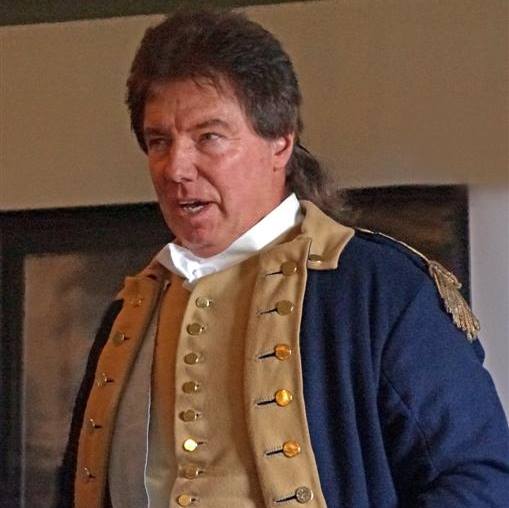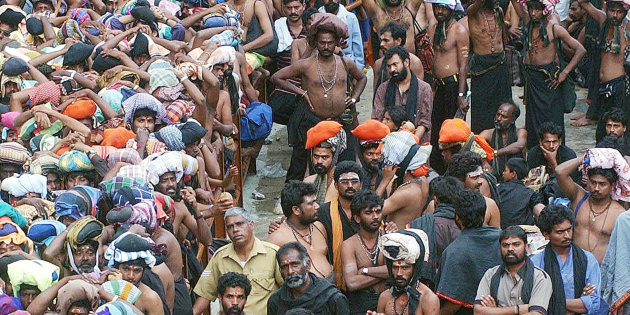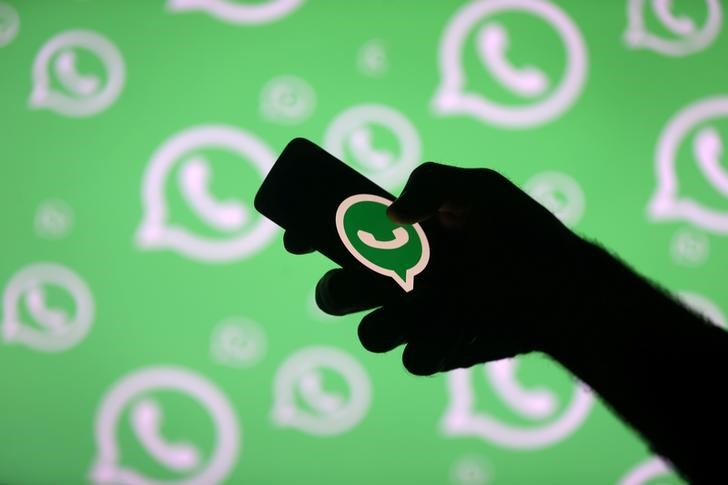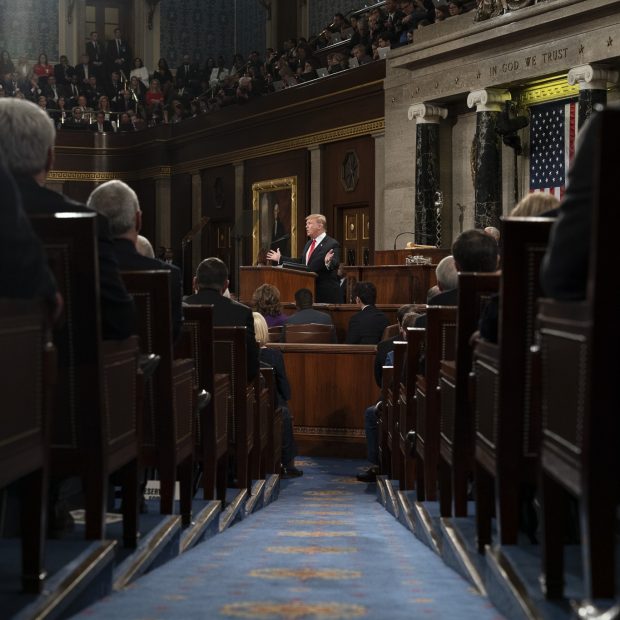
The Federation of Indian Associations (FIA) of the tri-state, one of the oldest and the largest non-profit umbrella organizations of the Indian-American community, celebrated India’s 70th Republic Day with its annual “Dance Pe Chance” competition, bringing youth closer to India’s cultural heritage and history.
Held at the Union County Arts Center, in Rahway, New Jersey, Feb. 2, the event attracted a sold-out crowd of more than 1,200 people, FIA President Alok Kumar told Desi Talk.

Students from various dance schools from four states participated to prove their mettle in a festive setting. Nine dance schools in four categories: Minor, Junior, Senior and Adult. With 515 participants and 21 performances the event set a new high for the FIA at this 35th annual celebration.
“This was the first time we added the “adult’ category because of demand from members,” Kumar said, adding, “This is one of the East Coast’s most prominent competition in terms of the interest shown and participation from schools, and they practice for months. It is because of the long history and dependable reputation of the FIA.”

“This event helps connect the young people with others in the community and with India. Kids who may not know Hindi, communicate through their dance, and learn about India. I truly believe it’s one where they feel themselves connected to India.” Among the dances choreographed and presented were stories of epics like Ramayana, Mahabharata, about freedom fighters like Netaji Subhash Bose, Mahatma Gandhi, as well as modern derivations that portrayed mothers and kids interacting.
Aum Dance Creations, Arya Dance Academy, Aatma Performing Arts, B2Z Dance School, Dancing Shiva, Natraj Dance Studio, Nirmiti School Of Dance, Simply Dance, Pranavam School Of Dance are among the schools that participated.

The event commenced with the National Anthem of US and India. Kumar in his speech, welcomed guests, applauded participants and parents, and dedicated the 35th year of this cultural performance competition to children noting that more than 18,000 children had participated in this cultural dance competition over 3 decades.
Important guests were honored, including the judges and guests. The new FIA executive team took its oath which was administered by India’s Deputy Consul General in New York Shatrughan Sinha. The incoming team includes President Kumar; Executive Vice President Himanshu Bhatia; Vice President Saurin Parikh; General Secretary Amit Yadav; Treasurer Amit Ringasia; immediate Past President Srujal Parikh; and Joint Secretary Mardavi Patel.

Sinha expressed his appreciation for the role FIA has played in the community for 49 years and how it has worked with the Consulate in New York on pivotal issues beneficial to Indians in the Northeast.
Sinha also administered the oath to two new members added by FIA to the Board of Trustees, Jayesh Patel, past president and Ankur Vaidya, two-term past president, both long-time FIA veterans. Vaidya addressed the gathering on behalf of Chairman Ramesh Patel and recognized the support of the FIA Board that currently includes a number of community leaders including Ramesh Patel, Padma Shri Dr. Sudhir Parikh, Padma Shri H. R. Shah, Albert Jasani, Ram Gadhavi, Dipak Patel, Chandrakant Trivedi, Pravin Pandhi and Yash Paul Soi.

FIA also honored and had as a Guest of Honor, Emmy Award-winning travel show host and PBS Travel celebrity Darley Newman who applauded the performances and efforts including costumes and props displayed by the participants.
Participants were judged by an array of qualified personalities including Palvesha Latiwala, dancer and the CEO of Bombino Express; Gomathi Manoj, Bharatanatyam artiste, teacher and artistic director of Soundarya Natya Kalalaya; and Nirali Vakharia, director and founder of Natraj Nrityala School of Dance.

The event was sponsored by Pyar.com, BCB Indus American Bank, Movers.com, RWJ Barnabas Health, The South Asian Times, Air India, Cox & Kings, SBI New York, New York Life, Bombino Express, Akbar Restaurant, Universal Relocations, TV Asia, Parikh Worldwide Media, Hotstar, The Indian Panorama, EBC Radio and Printzazu.
The FIA honored all the dancers, choreographers and judges with monetary prizes as well as mementos, and certificates.

The top performance in all aspects in all categories ‘BEST OF THE BEST’ Judges Choice: AUM Dance Creations (Junior Category).
Winners:
Minor Category
- Best Costume: Arya Dance Academy
Song: Singham, Mamta Se Bhare
Choreography: Arya Instructors - Best Choreography: Arya Dance Academy
Song: Singham, Mamta Se Bhare
Choreography: Arya Instructor - Technique: Dancing Shiva
Song: Song from Lagaan
Choreography: Jeanie Beri and Neal Doshi - 3rd Prize: Aum Dance Creations
Song: Sridevi Medley
Choreographer: Rina Shah and Anu Mysore - 2nd Prize: Dancing Shiva
Song: Song from Lagaan
Choreographer: Jeanie Beri and Neal Doshi - 1st Prize: Arya Dance Academy
Song: Singham, Mamta Se Bhare
Choreographer: Arya Instructors
Junior Category
- Best Costume: Arya Dance Academy
Song: Shah Ka Rutba, Gajanan, Vande Mataram
Choreography: Arya Instructors - Best Choreography: Arya Dance Academy
Song: Shah Ka Rutba, Gajanan, Vande Mataram
Choreography: Arya Instructors - Technique: Arya Dance Academy
Song: Shah Ka Rutba, Gajanan, Vande Mataram
Choreography: Arya Instructors - 3rd Prize: Aatma Performing Arts
Song: Kanna Nidurinchara, Soja Zara, Gulaab Gang
Choreographer: Amit Shah, Serena Ortiz and Sapna Advani - 2nd Prize: Aum Dance Creations
Song: Garba/Raas – Kamariya, Chogada, Dholi Taro, Raangtaari, Dholida, Nagada Sang Dhol
Choreographer: Rina Shah and Anu Mysore - 1st Prize: Arya Dance Academy
Song: Shah Ka Rutba, Gajanan, Vande Mataram
Choreographer: Arya Instructors
Senior Category
- Best Costume: Aatma Performing Arts/Arya Dance Academy
Song: Pyar Kiya Toh Darna Kya , Dil Cheez Kya Hai/Albela Sajan, Jai Jai Kara, Jai Hanuman
Choreography: Amit Shah, Sapna Advani and Swarali/Arya Instructors - Best Choreography: Arya Dance Academy
Song: Albela Sajan, Jai Jai Kara, Jai Hanuman
Choreography: Arya Instructors - Technique: Arya Dance Academy
Song: Albela Sajan, Jai Jai Kara, Jai Hanuman
Choreography: Arya Instructors - 3rd Prize: Aum Dance Creations
Song: Balleilaka, Suno Gaur Se, Satyamev, Maa Tuje Salaam
Choreographer: Rina Shah and Anu Mysore - 2nd Prize: Arya Dance Academy
Song: Albela Sajan, Jai Jai Kara, Jai Hanuman
Choreographer: Arya Instructors - 1st Prize: Aatma Performing Arts
Song: Pyar Kiya Toh Darna Kya , Dil Cheez Kya Hai
Choreographer: Amit Shah, Sapna Advani and Swarali














































